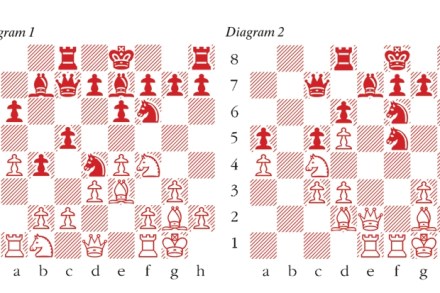Cyrus the Great
I think I hold the world record for the greatest number of chess books written (or co-written) and published. At the last count I managed to identify 199, with several of them translated into a total of 13 different languages. Last week, a new book by the prolific Cyrus Lakdawala dropped through my letterbox. Lakdawala




















